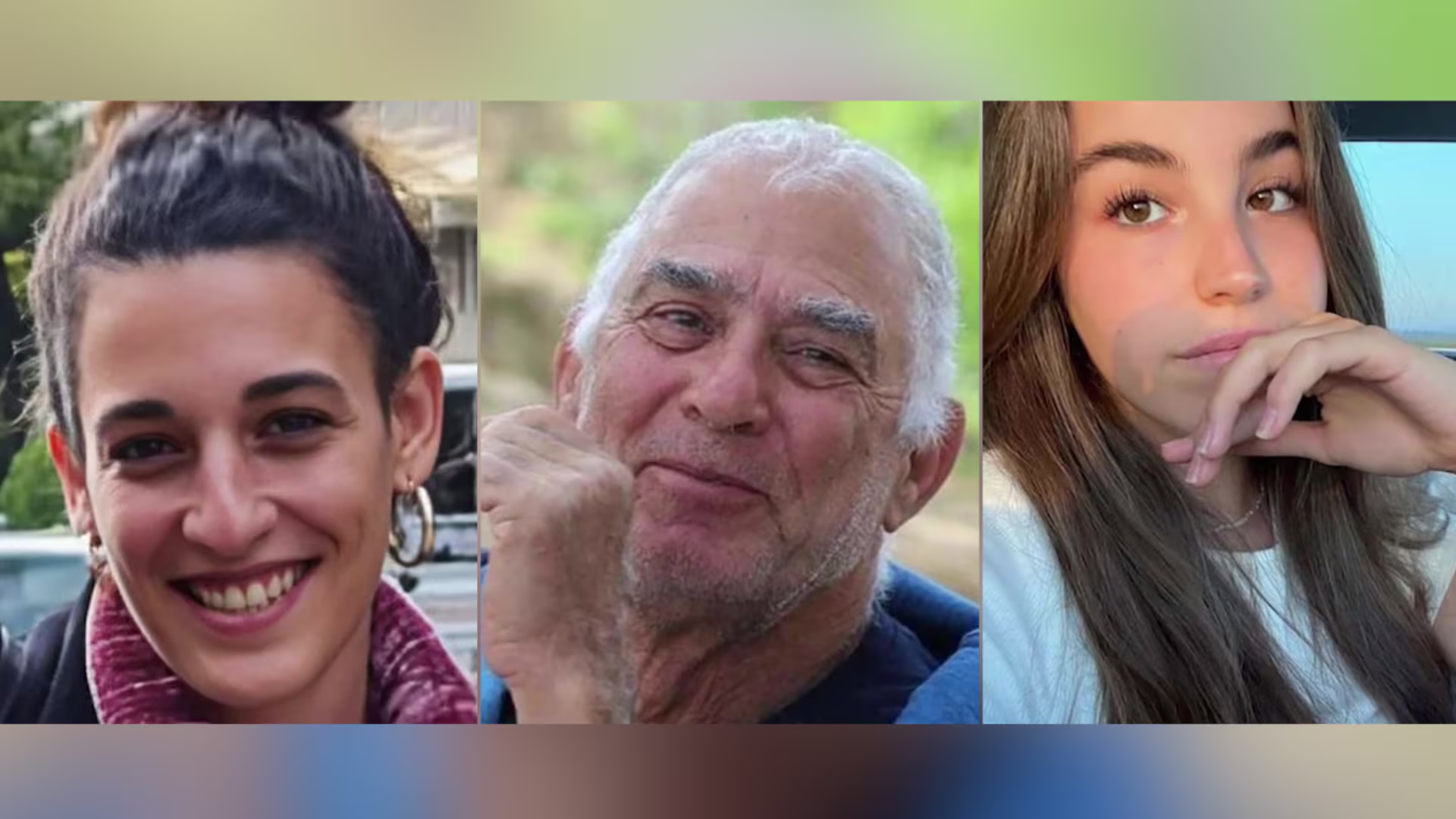The ongoing conflict between Israel and Hamas has reached a significant turning point with the announcement of the release of three Israeli hostages. Ofer Calderon, Keith Samuel Siegel, and Yarden Bibas are set to be freed on Saturday, February 1, 2025, as part of a prisoner exchange deal brokered during the current ceasefire.
This exchange reflects the complex and deeply entrenched dynamics of the Israel-Palestine conflict, where negotiations are often intertwined with humanitarian crises and geopolitical maneuvers.
The Prisoner Exchange Agreement
The release of Calderon, Siegel, and Bibas comes under the first phase of the Al-Aqsa Flood prisoner exchange agreement between Hamas and Israel. This phase spans 42 days and involves the exchange of 33 Israeli captives for approximately 1,700 to 2,000 Palestinian detainees held in Israeli prisons.
The Al-Qassam Brigades, the armed wing of Hamas, announced the hostages’ names through their spokesperson Abu Ubeida, signaling the group’s adherence to the terms of the deal.
This exchange highlights the high stakes of such negotiations. For Hamas, releasing hostages is a means to secure the freedom of thousands of Palestinian prisoners, many of whom are political detainees or individuals accused of resisting Israeli occupation.
For Israel, securing the release of its citizens is a priority, particularly in light of the severe escalation in hostilities since October 2023.
Read : Eight of the 33 Hostages Due for Release in First Phase of Gaza Ceasefire Deal Are Dead
This ceasefire agreement, which began on January 19, 2025, has already facilitated several exchanges. On Thursday, three Israeli and five Thai hostages were freed by Hamas, while Israel reciprocated by releasing 110 Palestinian prisoners.
Read : Some Israeli Hostages Have Attempted Suicide: Palestinian Islamic Jihad Claims
These exchanges are not merely transactional; they are also emblematic of the broader conflict dynamics, where human lives become leverage in a protracted struggle for political and territorial control.
The Human Cost of Conflict
Since the outbreak of violence on October 7, 2023, the human cost of the Israel-Hamas conflict has been staggering. Over 47,400 Palestinians, most of them women and children, have been killed in Gaza due to relentless Israeli airstrikes and military operations.
The scale of destruction has drawn international condemnation, with human rights organizations describing the situation as catastrophic.
The conflict has also devastated Gaza’s infrastructure, leaving millions without access to basic necessities such as clean water, electricity, and medical care.

Entire neighborhoods have been reduced to rubble, displacing countless families and deepening the humanitarian crisis. For the Palestinians, the prisoner exchange is not just a political victory but also a rare moment of hope amidst overwhelming despair.
On the Israeli side, the trauma of hostages being taken by Hamas has left the nation grappling with fear and uncertainty. The release of individuals like Calderon, Siegel, and Bibas is a relief for their families and communities, but it also underscores the vulnerability of civilians caught in the crossfire of a decades-long conflict.
The Broader Implications of the Ceasefire
The current ceasefire and prisoner exchange deal represent a temporary reprieve in an otherwise volatile region. While these measures may alleviate immediate tensions, they do not address the root causes of the conflict, including the occupation of Palestinian territories, the blockade of Gaza, and the broader struggle for Palestinian self-determination.

The international community has a critical role to play in mediating long-term solutions. Humanitarian aid is urgently needed to address the crisis in Gaza, but sustainable peace will require addressing systemic injustices and ensuring that both Israelis and Palestinians can coexist with dignity and security.
The release of Calderon, Siegel, and Bibas is a poignant reminder of the human stories behind the headlines. It is a moment of relief in a conflict marked by profound suffering, but it also serves as a call to action for all parties involved to work toward a just and lasting resolution.
This latest development in the Israel-Hamas conflict is a microcosm of the larger struggle. It reflects the deep-seated grievances, the urgent need for reconciliation, and the unyielding hope for peace that continues to resonate across the region. The release of hostages is a significant step, but it is just one part of a much larger and more complex narrative.
let’s enjoy few years on earth with peace and happiness….✍🏼🙏

